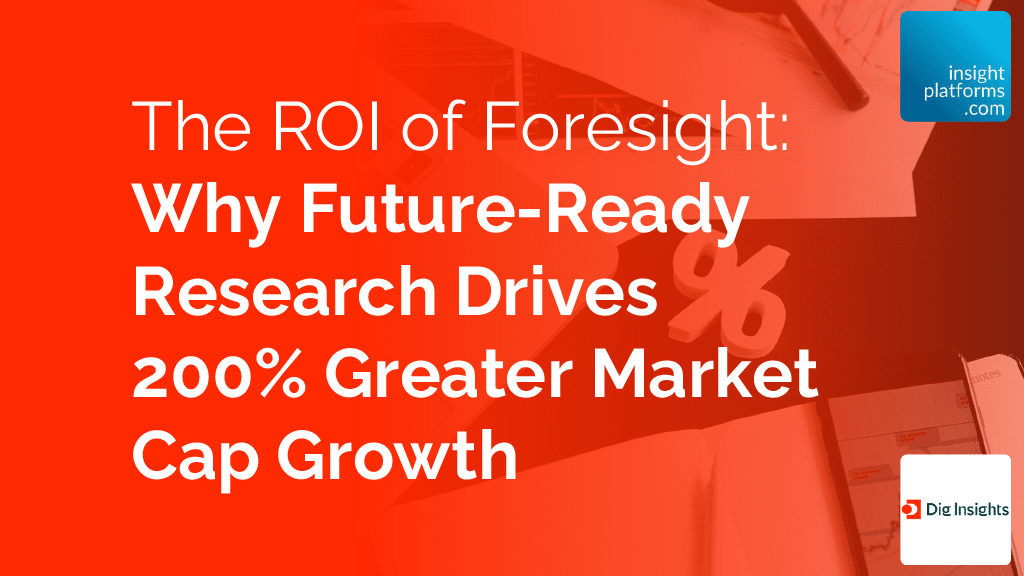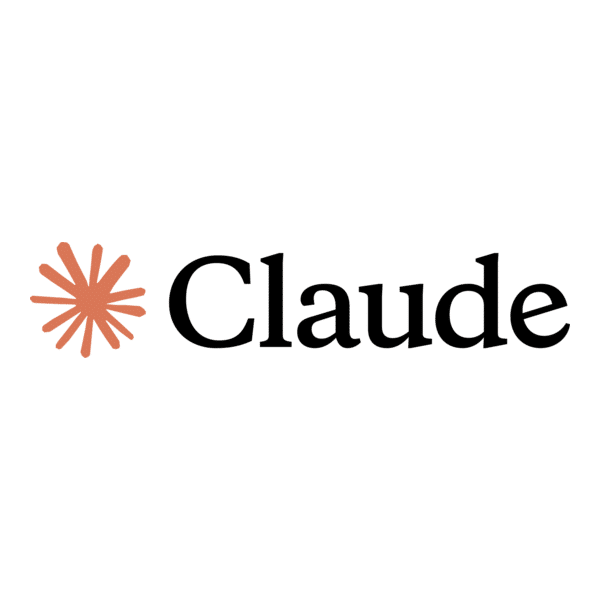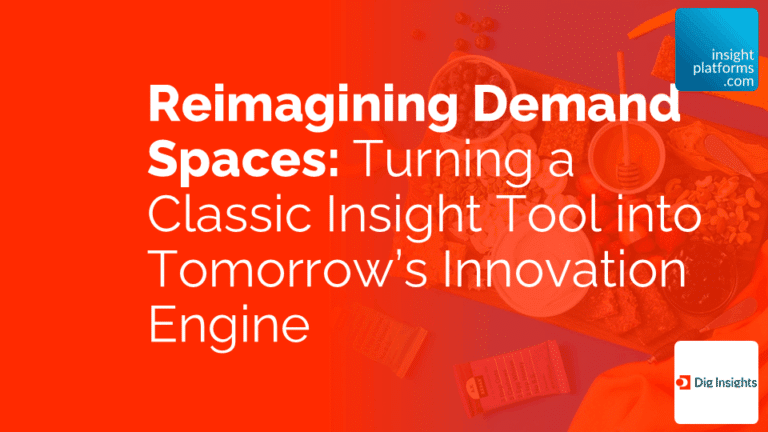
The ROI of Foresight: Why Future-Ready Research Drives 200% Greater Market Cap Growth
By Dig Insights
- article
- Agile Quantitative Research
- Agile Qualitative Research
- Behavioural Insights
- Brand Research
- Concept Testing
- Diary Studies
- Innovation Research
- Trend Monitoring
- Trend Scouting
Companies that are embedding emerging trends and future layers into innovation pipelines and traditional research methodologies, on average, see 33% higher profitability and 200% greater market cap growth than those that are not doing it, according to a seven-year study from Science Direct.
The lesson and the takeaway here is that future-facing brands are not just reacting to what’s happening. They’re actively participating, shaping and anticipating what comes next. That is so critically important to embedding futures thinking into core research methodologies.
This article covers part of the webinar “Reimagining Demand Spaces: Turning a Classic Insight Tool into Tomorrow’s Innovation Engine”. Rewatch the entire webinar here:
Reimagining Demand Spaces: Turning a Classic Insight Tool into Tomorrow’s Innovation Engine
The Problem: Building for Yesterday’s Tomorrow
When early signals are not monitored, not interpreted, not tracked, and not embedded into the core research methodologies we’re using, it means that decisions, innovation pipelines, and growth strategies are being built for today, not tomorrow.
By the time the future arrives, whether that’s a 2026 or 2027 pipeline, which is near in for a fast-moving market, or further out five years, those growth strategies were built for the past. The companies that will thrive in the next decade are not the ones with the best historical data.
What High Foresight Maturity Looks Like
High foresight maturity is defined by the tactics, the way organisations work, and the time invested in looking at foresight as an important component to what they’re doing in their business day-to-day.
Lower maturity firms are tracking and engaging in the now. They’re focused on understanding consumers today, meeting current demand, and optimising for present performance.
Higher maturity firms consider potential future scenarios and outcomes, incorporating foresight into their inputs and decision-making processes to prepare for the future.
Making Foresight Systematic, Not a Side Project
It’s time for the industry to make sure that signal tracking is part of the system. It’s not a side project. It’s not some talking piece that is provocative and exciting. It’s actually a way to future-proof the insights we’re exploring, the strategies we’re designing for clients or even internally for how we’re going to embrace the future, before it’s too late.
As market research practitioners, innovation professionals, and trends and foresight individuals, it’s our job to help look at the future and how we can shape the future by embedding this thinking into our methodologies.
The Evidence: From Weight Watchers to Jolly Rancher
The business case is clear when you look at the extremes:
Weight Watchers had one of the most sophisticated data ecosystems in their category, tracking meetings, check-ins, weigh-ins, app behaviour, and member engagement. But despite all this internal insight, they weren’t looking outside enough to understand cultural and market changes. When GLP-1s disrupted the market, they couldn’t pivot quickly enough because they weren’t monitoring external signals around stigma erosion, alternative access channels, and reframed conversations about weight loss.
Jolly Rancher, by contrast, merged market data with cultural intelligence to identify five emerging demand spaces for Gen Z, including textural experiences that offer moments of soothing and focus. The freeze-dried candy line sparked viral trends, and in 2024 the brand hit $400 million in sales, a 25% year-over-year increase, one of the strongest growth years in their history.
The difference? One was built for today. One was built for tomorrow.
Four Ways to Invest in Foresight Capabilities
1. Invest in Strategic Trends Work
Run cultural market intelligence scans to surface emerging shifts and layer signals into your studies. This helps decision makers spot growth themes early, driving investment and further exploration. Depending on the organisation, this could be enterprise-level or within a single project.
2. Create Parallel Emerging Layers
When establishing baselines in explorations like segmentation, traditional approaches tell us where we are today. But if we layer in high velocity signals and things that are growing, we can capture how the world is changing and avoid delivering static outputs.
3. Apply Future Weighting Analysis
Take cues from models like CAGR to project behavioural and category growth. This helps translate fast-growing behaviours into broader cultural impact and where we’re headed.
4. Build Scenarios on Top of Existing Frameworks
When doing segmentation or exploring jobs to be done, consider how macro forces and alternative futures are reshaping the category and what potential scenarios look like.
From Philosophy to Practice
It’s absolutely an art and a science. Being a strategic researcher means going out and sifting through billions of signals, building thematics, and seeing what is coming and trickling to the top that actually has meaning.
Whenever delivering on these types of strategies, it’s important that it is evidence-based. When saying this is a direction you should be looking at, always point back to the signals and the evidence that allowed you to draw that conclusion. It is a methodology as well as a philosophy.
The Bottom Line
Foresight is not just about updating an old framework. It’s about thinking of how we can, as participants in market research, typically embedded in innovation and thinking about the future, reinvent our own core insights tools so that they’re an engine for thinking of tomorrow and thinking about innovation.
It’s about innovating ourselves to help our clients and ourselves think about foresight innovation and the competitive advantage that comes with looking towards the future and addressing what’s beyond what’s just happening today.
The ROI is clear: 33% higher profitability, 200% greater market cap growth, and the ability to pivot when disruption comes rather than being blindsided by it. That’s the business case for making foresight systematic rather than aspirational.
This article covers part of the webinar “Reimagining Demand Spaces: Turning a Classic Insight Tool into Tomorrow’s Innovation Engine”. Rewatch the entire webinar here:







